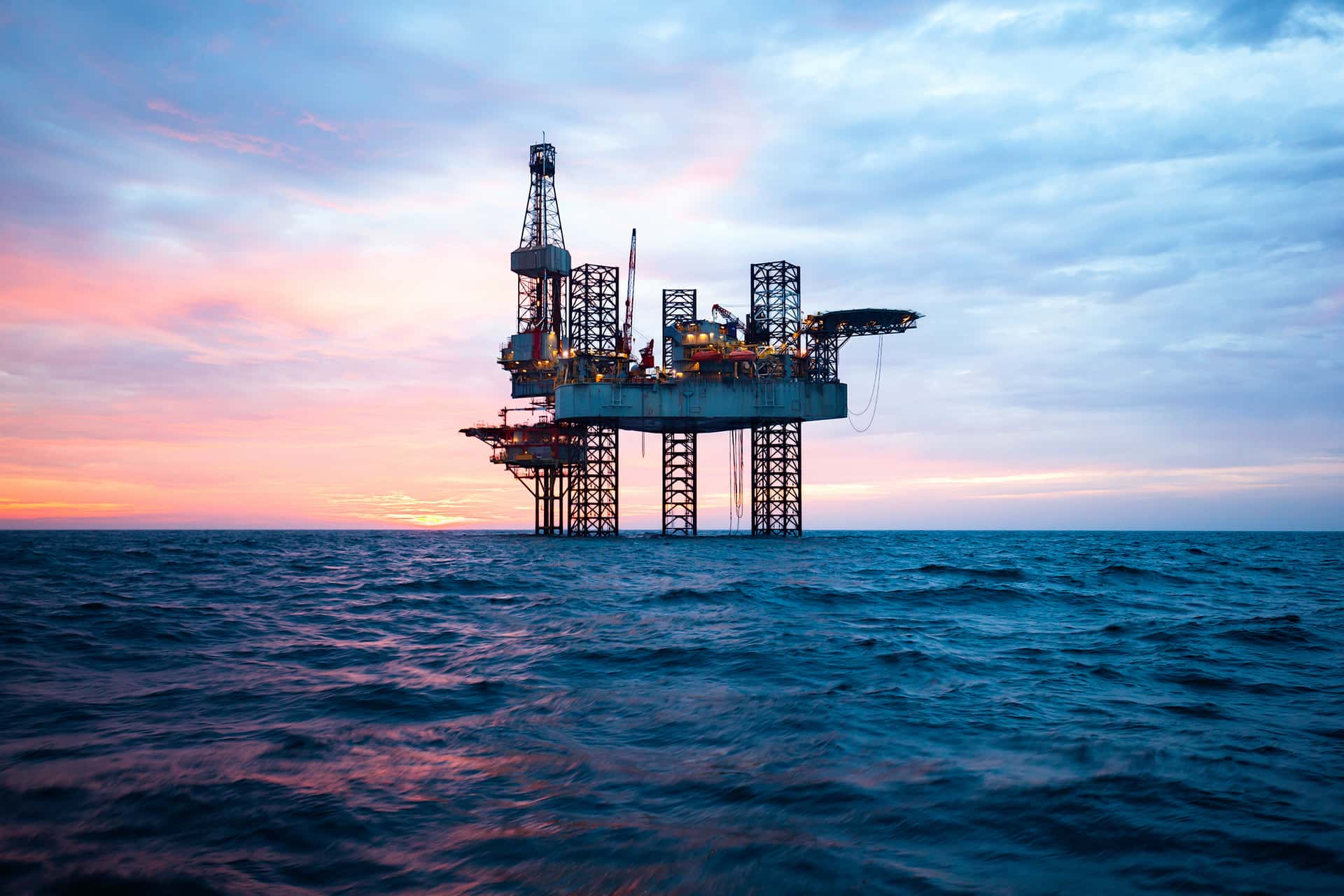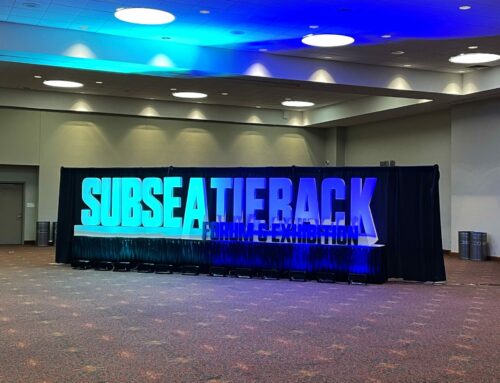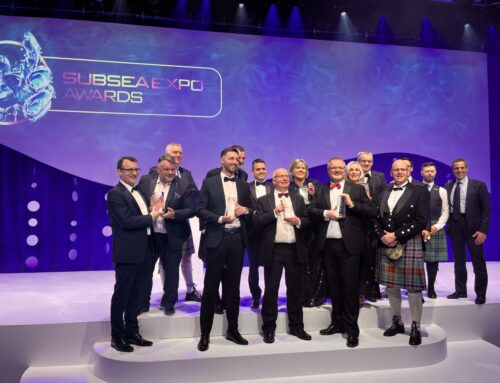BLOG: Subsea Terminology Misnomers and Misconceptions
April 22, 2021
Common Oil & Gas Terminology Misnomers
Many parts of the oil and gas business use names and acronyms for pieces of equipment and processes that bear no resemblance to what they actually are and what they do. There are, as well, words that are misused out of ignorance or inconvenience.
Rig
The classic example of a common misnomer within the oil and gas industry is RIG. Any offshore structure is a rig to the non-technical world because it is a short word that fits conveniently in the headline of a daily newspaper story. When the explosion and fire occurred at Piper Alpha more than 30 years ago, the headline seen around the world was ‘167 rig workers die…’ Now some of them might have worked on the drilling rig at Piper Alpha, but the structure was actually an offshore production platform, or just platform.
Nodding Donkey
Another is THE NODDING DONKEY which may look a bit like it is nodding, but is definitely not a donkey. The technical term for this type of device used to produce onshore wells on small fields, notably in the USA, is a sucker rod pump. For various reasons, other parts of this type of production system also have equine-related names, such as horsehead and bridle. No hair, skin or hooves here, just steel.
Xmas Tree
And then the biggest misnomer of them all is the XMAS TREE. If one scours the literature about the oil industry, there is no definitive answer to why a xmas tree – originally a series of vertical valves which could simplistically be called a giant tap, but more accurately a well control device – is called such. The term is believed to have come out of the Ventura Tool Co, better known at a later time as Vetco, and one could make a guess at its origin – an onshore xmas tree festooned with tinsel during the yuletide season might well resemble a festive centrepiece. Who knows?
Common Subsea Terminology Misnomers
The subsea world is no different than the rest of the oil business. Lots of strange names and misunderstandings abound.
Horizontal Xmas Tree & Horizontal Well
The first one is that a HORIZONTAL XMAS TREE is used on a HORIZONTAL WELL. As mentioned earlier, a xmas tree originally had all of its valves oriented vertically. Later it was decided that in some cases it would be beneficial to move the valves out of the main bore to create space and put them in a horizontal configuration. This became popular in the early 1990’s for a number of reasons – less expensive to manufacture, did not require a dedicated completion riser for installation and gave easier access to the wellbore for downhole equipment.
A horizontal well is a different beast altogether. One of the early proponents of this type of well was Elf Aquitaine and it was meant as a cost-effective drilling solution. The concept was developed to be able to produce from thin hydrocarbon zones with a fewer number of wells. In addressing thin zones with even deviated wells just did not expose enough of the production tubing to the reservoir. Many different companies have used horizontal wells, but the biggest success story was by Norsk Hydro on the Troll West field. The development of this field – with at least 2 billion barrels of oil in place – was initially expected to produce just 100 million barrels using conventional drilling. It was later determined that if it were possible to steer the wells horizontally into the thin (20 meters) oil zones, the recovery factor could be multiplied. To date, over 100 horizontal wells – some with multilateral branches – have been drilled on the field with more than a billion barrels produced. But a horizontal well does not need a horizontal xmas tree.
Flexible Pipe
Another misunderstood term is FLEXIBLE PIPE which is a composite – meaning a combination of materials – product made up of various layers of thermoplastic linings with steel or fibreglass wires for dynamic support and a steel carcass which is not really flexible.
This concept was first developed during World War II under the name PLUTO, or pipeline under the ocean, as a means of supplying fuel to post D-Day allied forces without using tankers at a time when steel was at a premium. Later in the late 1960’s and 1970’s, the French petroleum research institute IFP began developing a so-called ‘flexible’ composite pipeline and this work was the basis for the foundation of Coflexip and later other similar manufacturers. The advantage of the flexible pipe was that it was cheaper and easier to install because it was a finished product that could be put on a reel for installation with no offshore welding. In the late 1970’s, an American company, Santa Fe, built a ship called Apache which could reel steel pipe, using the plastic deformation principle, up to a certain size (12in diameter) reducing the advantage of the flexible pipe over steel. There was however only one such ship and thus flexible pipe continued to have a significant portion of the offshore pipeline market, particularly for deep-water risers and flowlines. But it is not flexible like a straw.
Floating Production
There are also some other types of equipment with so many names that it is difficult to keep track of them. In the 1970’s, Shell proposed the first use of a converted oil tanker for producing oil, thus was born FLOATING PRODUCTION. Over the years, there have been many floating concepts using new and converted tankers, converted drilling rigs, new semi-submersibles, spars (a floating tube), tension leg platforms (does not really float but is tethered to the sea bed) and others. And the acronyms for all of these concepts are as numerous: FPS, FPV, FPSO, FSU, SPAR, TLP, et al.
Subsea Control Module & Subsea Electronics Module
Another piece of subsea equipment with multiple names are the elements of the control system. Originally the container which held the electronics and part of the hydraulics system was known as ‘a control pod’. At some point, that term fell out of favour and in came the subsea control module or SCM. But inside the SCM is the package of electronics, or the subsea electronics module, or SEM. So every SCM has an SEM, but not vice versa.
Viper Innovations – Trusted Industry Experts
We hope this guide has helped to explain some of the common misnomers and misconceptions within the subsea industry.
Here at Viper Innovations, we understand the challenges faced by our customers and have been supporting multiple global oil & gas operators for over a decade. Our 300+ combined years of experience has led to the development of our high reliability products and solutions including electrical distribution solutions and asset integrity services for control systems for the global subsea oil and gas industry. Contact us today for more information about our award-winning products and services could benefit your business
See more: An Overview of Subsea Systems & Subsea Electrical Cables
See more: The Ultimate Guide to Subsea Engineering




